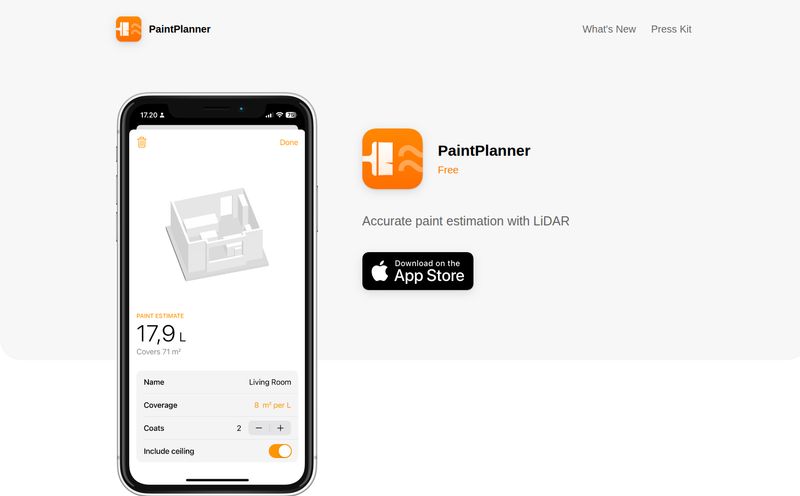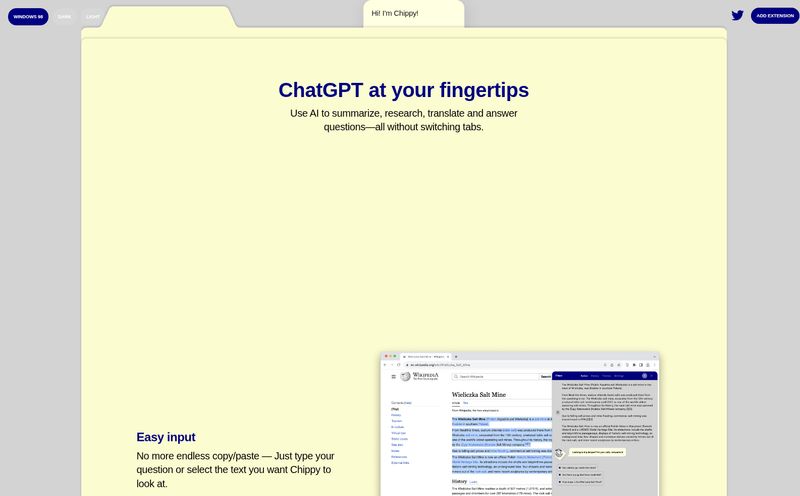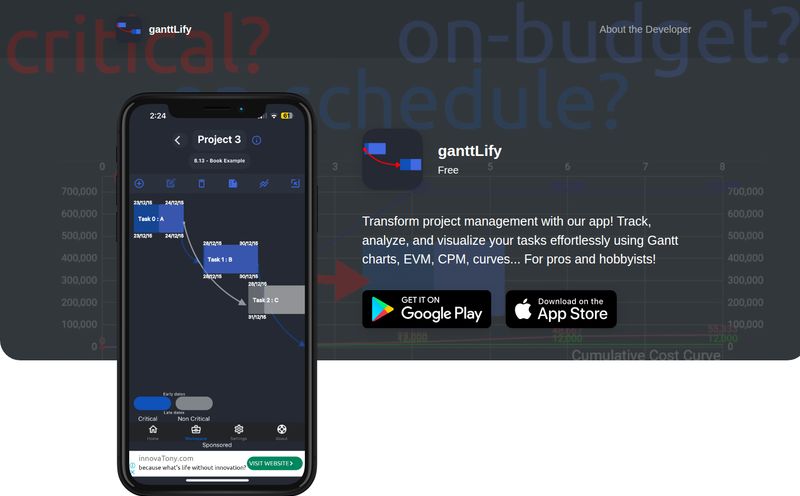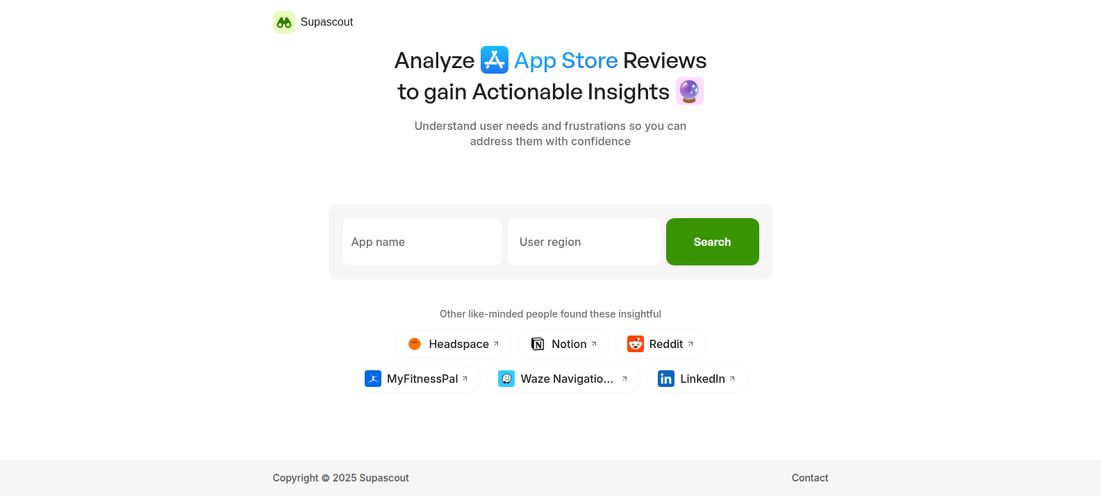You know the feeling. It’s the end of the month, you open your cloud bill, and your jaw hits the floor. The Snowflake costs have spiraled again. You thought you had it under control. You spent weeks tuning queries, setting up resource monitors, and telling your team to be “more efficient.” But the bill just keeps climbing. It's a runaway train, and you’re just tied to the tracks.
I’ve been in this game for a while, and I’ve seen this story play out a dozen times. Data platforms like Snowflake are incredible. They've changed how we work with data. But their consumption-based pricing model can be a double-edged sword. The more value you get, the more you use... and the more you pay. It’s a constant, manual battle to keep costs from eating your entire budget.
So when I first heard about a tool called Keebo that promised “fully autonomous” Snowflake optimization, my professional-skeptic-o-meter went into overdrive. Another magic box solution? Sure. But then I saw some of their case studies—big names like Barstool Sports and Travel + Leisure reporting some pretty wild savings. I had to take a closer look.
What is Keebo, Really? (Beyond the Marketing Spiel)
Let's cut through the jargon. At its heart, Keebo is an intelligent layer that sits on top of your Snowflake (or Databricks) warehouse. Think of it less like a tool you have to constantly manage and more like a smart thermostat for your data warehouse. It watches how your data is being used—what queries are run, by whom, how often—and automatically makes adjustments behind the scenes to make everything run faster and cheaper.
It's not about rewriting your SQL or changing your BI dashboards. The whole point is that it works without you having to change anything. It learns from your specific workloads and adapts in real time. So when a new, heavy dashboard is launched or the finance team starts their end-of-quarter reporting frenzy, Keebo sees the new patterns and adjusts on the fly.
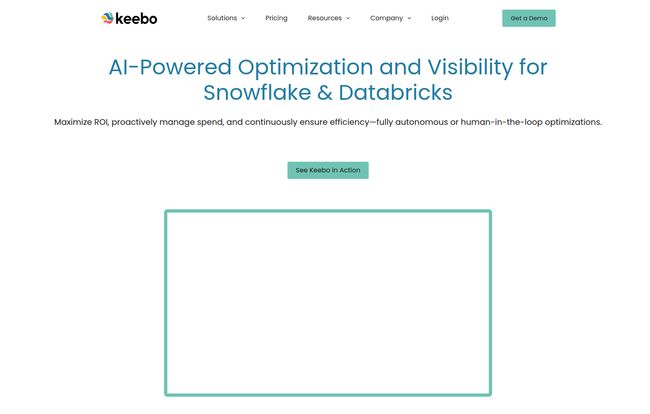
Visit Keebo
This is a departure from the traditional approach, which usually involves a data engineering team spending a huge chunk of their time performance tuning. That's expensive, slow, and frankly, a bit of a grind. Keebo’s pitch is simple: let the machines manage the machine.
The Core Promises: Cost Savings and Speed
A tool like this lives or dies by its results. Keebo makes two big promises that should get any data leader’s attention.
Taming the Beast of Snowflake Costs
This is the big one. The headline feature. Keebo claims it can significantly reduce your warehouse spend. The images mention customers seeing 34%, 38%, even 60% savings. How? By automating complex optimization tasks that are usually done manually (or not at all). This includes things like managing warehouse size, optimizing query structure, and creating temporary data structures to speed up common requests. By making the warehouse more efficient, you use fewer credits. Fewer credits mean a smaller bill. Simple as that.
What I find particularly interesting is their success-based pricing model, which we'll get into more detail on later. It basically means they have to put their money where their mouth is, which gives me a lot more confidence than a simple flat-fee subscription.
Making Queries Fly (Without Manual Tuning)
Cost savings are great for the CFO, but what about the actual users? The data analysts, the scientists, the business folks staring at a loading screen on their BI dashboard. A slow query isn't just an annoyance; it's a roadblock to insight. Keebo's other main goal is query acceleration. By making those behind-the-scenes tweaks, queries just run faster. Dashboards load in seconds instead of minutes. Ad-hoc analyses don’t require a coffee break while you wait for the results. This is a massive quality-of-life improvement for the data team and a huge productivity booster for the entire organization.
A Look Under the Hood at Keebo's Technology
So, how does it actually work? Keebo isn't just a set of predefined rules. It uses what it calls “AI-powered optimization,” which is a fancy way of saying it has a learning algorithm at its core. It establishes a baseline of your performance and then continuously experiments with different optimization strategies. The key here is that it's fully autonomous. It's not just giving you recommendations that you have to go and implement yourself. It just… does it.
One of the first questions I always ask with tools like this is about security. “You need access to my warehouse?!” Yes, it needs to see the metadata—query history, performance logs, schema information. But—and this is a big but—it doesn't need to see or move your actual data. All the data stays securely within your own Snowflake environment. Keebo is just the brain that tells the warehouse how to operate more efficiently. That's a critical distinction.
Let's Talk Money: Keebo Pricing Explained
Ah, pricing. The page we all click on first. Keebo has a tiered model that seems designed to let you ease in, which I appreciate. A lot of enterprise tools are "contact us for a demo and a scary price tag."
| Tier | Price | Best For |
|---|---|---|
| Silver | $0 per month | Small teams or individuals wanting to try out the basic real-time warehouse optimization features. It's a proper free tier, not just a trial. |
| Gold | $1000 per month | Growing teams that need more robust features, workload intelligence, and dedicated support. Includes a 2-week free trial. |
| Platinum & Diamond | Custom Quote | Large enterprises with complex needs, requiring things like stock support, advanced query routing, and unlimited scale. |
The most intriguing part is the "Pay-as-you-save" pricing mentioned in the image. They state that the total fee you pay will always be significantly less than teh savings they generate. This is a bold guarantee. It aligns their success directly with yours. If they don't save you money, you don't pay much. This model effectively eliminates the financial risk of trying the platform.
The Good, The Bad, and The Realistic
No tool is perfect. Let's be real. After digging in, here’s my take.
What I Really Like About Keebo
The automation is the obvious star. The idea of setting something up in minutes and seeing results in a couple of days (as they claim) is incredibly appealing. For data teams that are constantly underwater with tickets and firefighting, offloading the relentless task of warehouse tuning is a game-changer. It frees them up to work on projects that actually move the business forward. The guaranteed savings and transparent KPI dashboard also provide clear ROI, making it an easier sell to management.
A Few Things to Keep in Mind
On the flip side, you are placing trust in Keebo’s algorithms. For control freaks (and I know a few data architects who fit this description), giving up that manual control can be a little unnerving at first. You have to be comfortable letting the automation do its thing. It also requires granting that metadata access, which, while secure, will still be a hurdle for some organizations with very strict data governance policies. Finally, like any powerful tool, there might be some initial configuration to make sure its goals align perfectly with your specific business priorities.
Final Thoughts: Is Keebo Worth It for Your Team?
So, what’s the verdict? In my experience, the biggest bottleneck for data teams isn’t a lack of data; it’s a lack of time and resources to manage the infrastructure that holds the data. The manual effort required to keep a platform like Snowflake both performant and cost-effective is enormous.
If your team is spending more time on performance tuning than on generating insights, or if your cloud bill is causing sleepless nights, then Keebo looks like a very compelling solution. It directly attacks two of the most significant pain points in the modern data stack: cost and performance.
It's probably not for the tiny startup with a completely predictable and minuscule data workload. But for any scaling company that relies heavily on Snowflake or Databricks, the potential ROI here is massive. The free tier and the pay-for-performance model make it a pretty low-risk experiment. And in the world of expensive enterprise software, that's a breath of fresh air.
Frequently Asked Questions About Keebo
- 1. How much does Keebo actually cost?
- Keebo has a free Silver tier, a Gold tier at $1000/month, and custom Platinum/Diamond tiers. They also have a unique "Pay-as-you-save" model, which ensures the fee you pay is always a fraction of the money they save you on your warehouse bill.
- 2. Is Keebo secure? Will it see my sensitive data?
- Keebo is designed with security in mind. It only requires access to your system's metadata (like query logs and performance metrics), not the actual data itself. Your data never leaves your own secure warehouse environment.
- 3. How long does it take to see results with Keebo?
- According to Keebo, setup takes just minutes. They claim that most customers start seeing significant performance improvements and cost savings within the first 48 hours of implementation.
- 4. Why use Keebo instead of just hiring more data engineers?
- While skilled data engineers are invaluable, manual optimization is a never-ending task. Keebo automates this process, running 24/7 and adapting to changes instantly. It frees up your engineers to focus on higher-value work like building data products and architecture, rather than repetitive tuning.
- 5. Does Keebo work with Databricks too?
- Yes. While this article focuses a lot on Snowflake, Keebo's website and documentation clearly state that it provides the same automated optimization for Databricks environments.
- 6. Can I try Keebo before committing to a paid plan?
- Absolutely. You can start with the $0/month Silver plan to get a feel for the platform, or you can start a 2-week free trial of the more feature-rich Gold plan to see its full capabilities.
